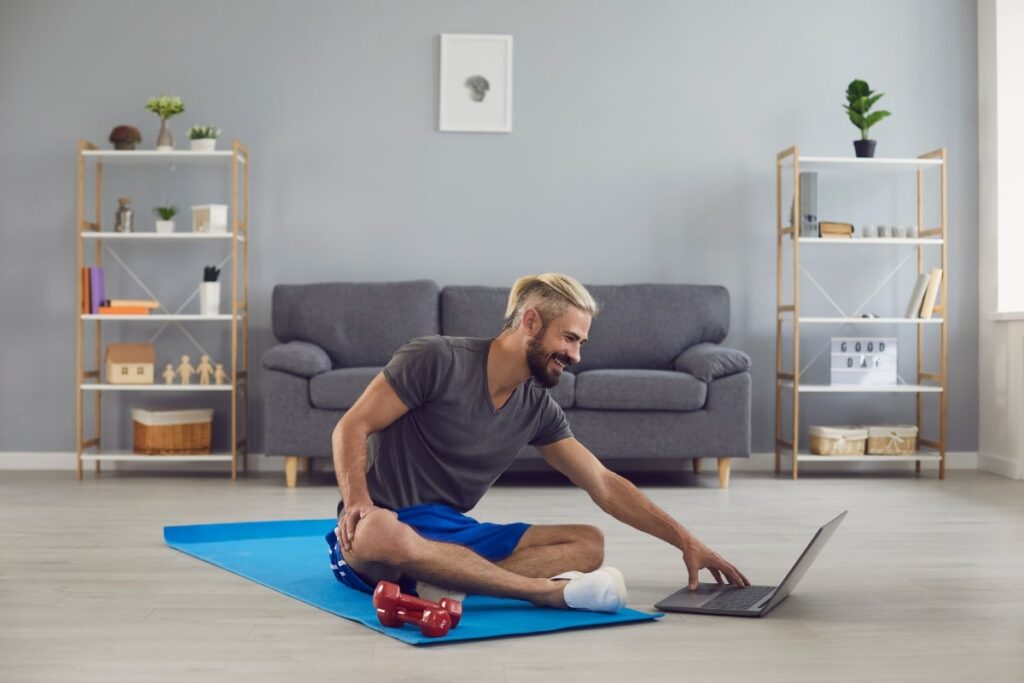The world of 3D body scanning, once exclusive to specialized industries, has become accessible to enthusiasts and curious individuals with the rise of DIY 3D body scanning solutions. With the advent of affordable and user-friendly tools, anyone can embark on a journey of self-discovery and creativity by creating their 3D body scans at home.
In this article, we will explore the DIY 3D body scanning landscape, guide you through performing a basic scan at home, and shed light on DIY methods’ limitations and accuracy considerations.
1. Overview of DIY 3D Body Scanning Solutions:
DIY 3D body scanning solutions encompass a range of tools and techniques that allow individuals to capture three-dimensional representations of their bodies without relying on professional scanning services. These solutions have gained popularity due to their accessibility and affordability, enabling users to explore creative applications, personalized virtual avatars, and even fitness tracking at their convenience.
2. How to Perform a Basic 3D Body Scan at Home:
a. Smartphone-Based Apps: Many DIY 3D body scanning apps are available for smartphones with depth-sensing cameras. These apps utilize photogrammetry, where users take multiple pictures of themselves from various angles. The app then processes the images to create a 3D model.
b. Consumer-Grade 3D Scanners: Some companies offer consumer-grade 3D scanners that are easy to set up and use at home. These scanners typically use structured light or laser technology to capture the body’s surface and generate a 3D model.
c. Depth Cameras and Kinect Sensors: Depth cameras, such as Microsoft Kinect sensors, can be utilized for DIY 3D body scanning. These devices use infrared depth-sensing technology to create 3D models based on the body’s contours.
3. Limitations and Accuracy Considerations in DIY Methods:
While DIY 3D body scanning offers exciting possibilities, it is essential to acknowledge these methods’ limitations and accuracy considerations.
a. Data Artifacts: DIY solutions may produce data artifacts and imperfections in the 3D model due to limited hardware capabilities and user errors during the scanning process. This can result in inaccuracies and distortions in the final output.
b. Lighting and Environment: Lighting conditions and the scanning environment can significantly impact the quality of the 3D scan. Shadows, reflections, and uneven lighting may affect the model’s accuracy.
c. Body Movement and Poses: Holding a static pose during scanning is crucial for capturing accurate data. Any slight movements or changes in posture can lead to misalignments and affect the precision of the 3D model.
d. Resolution and Detail: DIY scanners may have limited resolution and detail capture capabilities compared to professional-grade equipment. This can result in less detailed 3D models, especially for fine features and small body parts.
e. Calibration and Setup: Proper calibration and setup of the DIY scanning equipment are essential for achieving accurate results. Without appropriate calibration, the accuracy of the 3D model may be compromised.
f. Processing Time and Resources: The processing time required to generate the 3D model can vary depending on the complexity of the scanning technique and the computational resources available. DIY solutions may require considerable processing time on consumer-grade hardware.
Conclusion: Embracing the DIY 3D Body Scanning Revolution
DIY 3D body scanning solutions have opened up a world of creativity, personalization, and exploration for individuals eager to delve into 3D technology. From creating virtual avatars to tracking fitness progress, these accessible tools have empowered enthusiasts to unleash their imaginations from the comfort of their homes.
While DIY 3D body scanning is an exciting prospect, it is essential to recognize these methods’ limitations and accuracy considerations. Users should approach DIY scanning with an understanding of potential imperfections and be mindful of the scanning environment and setup.
As technology evolves, DIY 3D body scanning solutions will likely become even more advanced, accurate, and user-friendly. Embracing this revolution enables individuals to embark on a journey of self-discovery and creativity, unlocking the potential of 3D technology to redefine how we interact with our bodies and the digital world.
If you or someone you know is looking to improve your health, share this article on Facebook or Twitter so that others can learn more about self-care.




